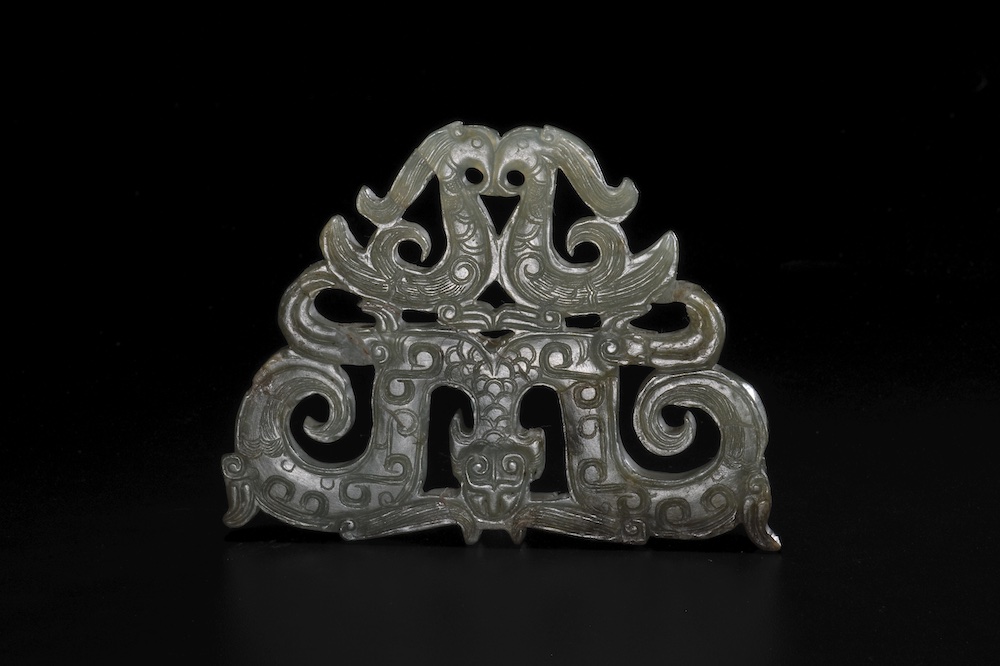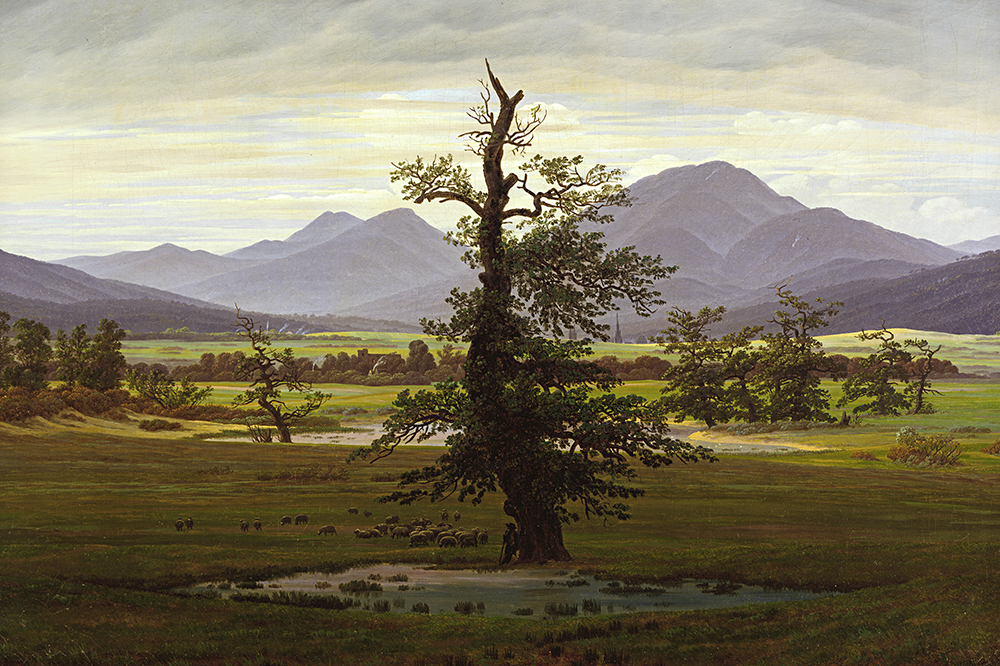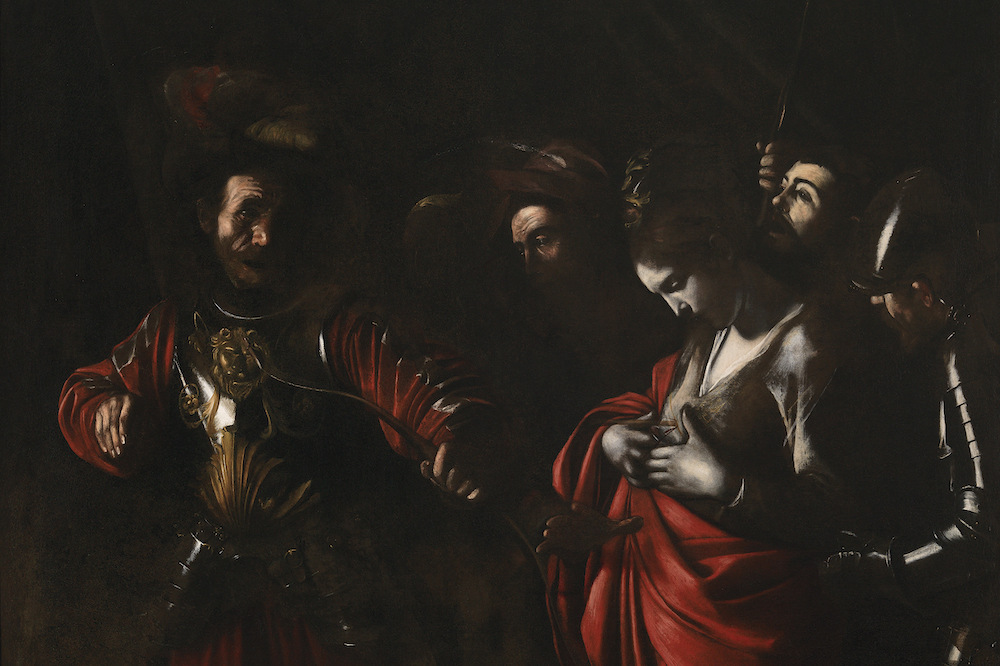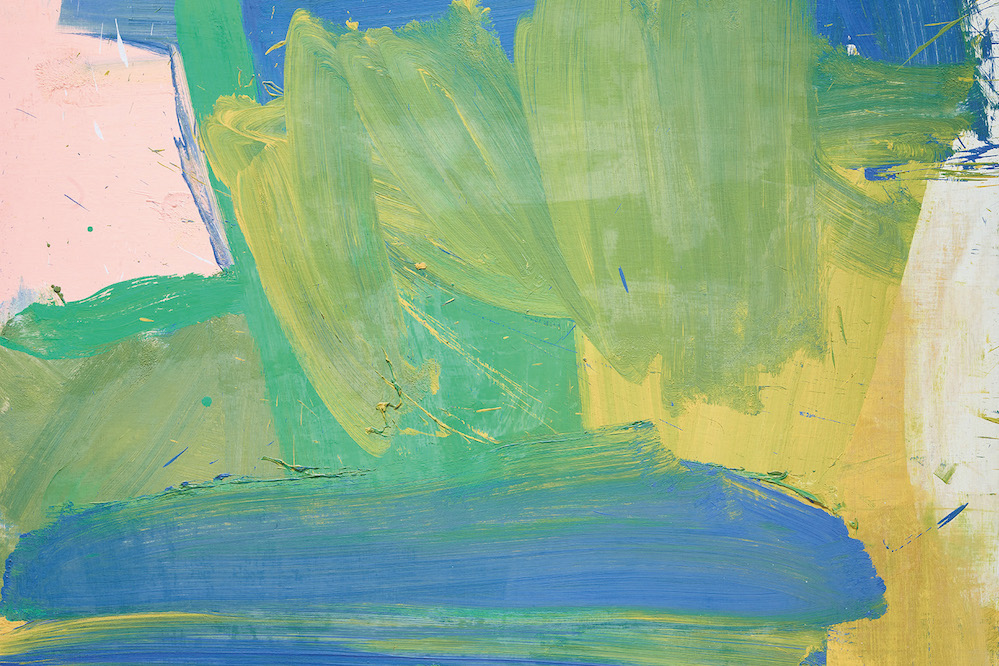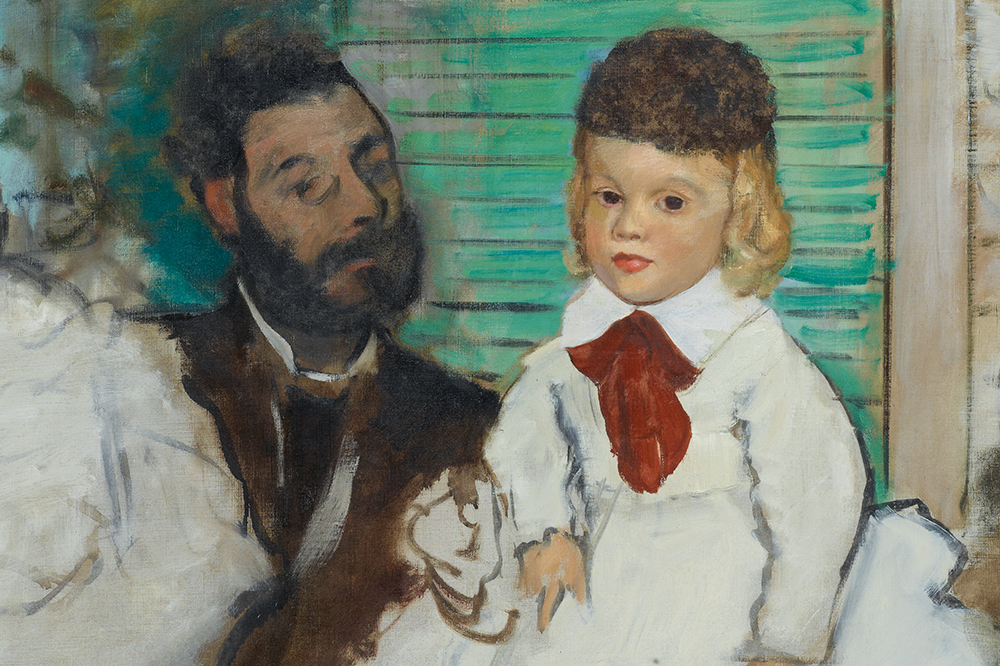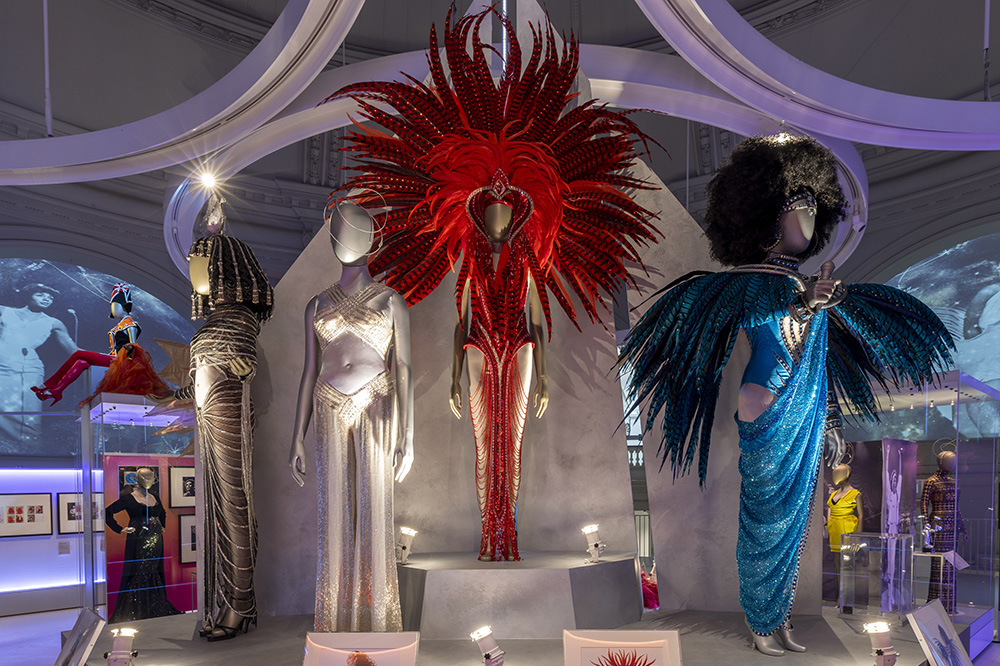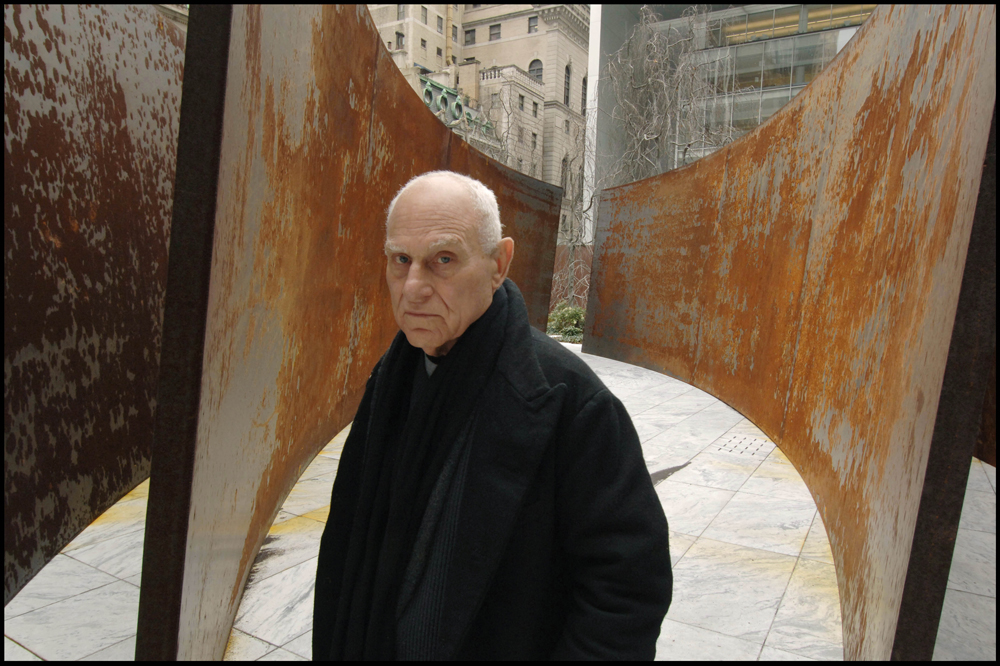Our daily round-up of news from the art world
Art historian claims Gainsborough’s Miss Brummell was painted by artist’s nephew | Hugh Belsey, a senior research fellow at the Paul Mellon Centre for Studies in British Art, has questioned the authenticity of several paintings attributed to Thomas Gainsborough. According to the Guardian, Belsey, a former director of Gainsborough House, has claimed that Miss Brummell, an early 1780s portrait hanging at Kenwood House, is likely to be the work of the painter’s nephew and assistant, Gainsborough Dupont. ‘It’s just not Gainsborough’s style. It’s too messy,’ he said. Other works Belsey will list as ‘rejected’ in an upcoming catalogue raisonné include the Frick Collection’s Portrait of Mrs Charles Hatchett, a painting of Captain Roberts at Floors Castle, and a work at the Royal Albert Memorial Museum in Exeter.
Pharaonic statues discovered in Cairo | German and Egyptian archaeologists have discovered two enormous statues dating back 3,000 years in a vacant plot of ground in Cairo. The statues are thought to represent Pharaohs of the 19th dynasty, which ruled Egypt from 1314 to 1200 BC. One is believed to represent King Seti II, while the other may be a likeness of Rameses the Great.
Warhol Museum appoints Patrick Moore as director | The Carnegie Museums of Pittsburgh have named Patrick Moore as director of the city’s Andy Warhol Museum. Moore, who has acted as the museum’s interim director since previous incumbent Eric Shiner left last year, has been at the institution since 2011. Moore says he plans ‘fight against stereotypes’ of the pop artist and emphasise his religious beliefs. ‘You’ll be seeing an increase of emphasis on his faith’, he told the Pittsbugh Post Gazette. ‘[…] For Andy Warhol to be an openly gay man who did enjoy the high life in New York does not negate the fact that he was a man of deep religious faith.’
Bath warned of threat to UNESCO Heritage status | Historic England has warned that a proposed building development in Bath may threaten the city’s status as a UNESCO World Heritage site, reports the Sunday Times (£). The heritage body has told Bath city council that it is likely to receive a formal notification from UNESCO should it approve the office and residential block. The council says that it will refuse planning applications if they engender ‘identifiable harm’ to the city’s heritage.
Recommended reading | In the New Yorker, Ariel Levy talks to photographer Catherine Opie about her often confrontational work and how it has filtered into the mainstream. ‘Opie is so prominent in the Southern California art world that friends call her “the mayor of Los Angeles,”’ writes Levy – yet her photographs have ‘remained quietly subversive’. In the FT, Rachel Spence speaks to Phyllida Barlow, who is this year representing Britain at the Venice Biennale. Though the details of Barlow’s Venice commission are under embargo, the artist reveals that it will reflect the ‘toxic mix’ of contemporary politics. Meanwhile, the New York Times’s Susan Chira visits ‘A Third Gender: Beautiful Youths in Japanese Prints’ at the Japan Society and finds it startlingly relevant.
Unlimited access from just $16 every 3 months
Subscribe to get unlimited and exclusive access to the top art stories, interviews and exhibition reviews.

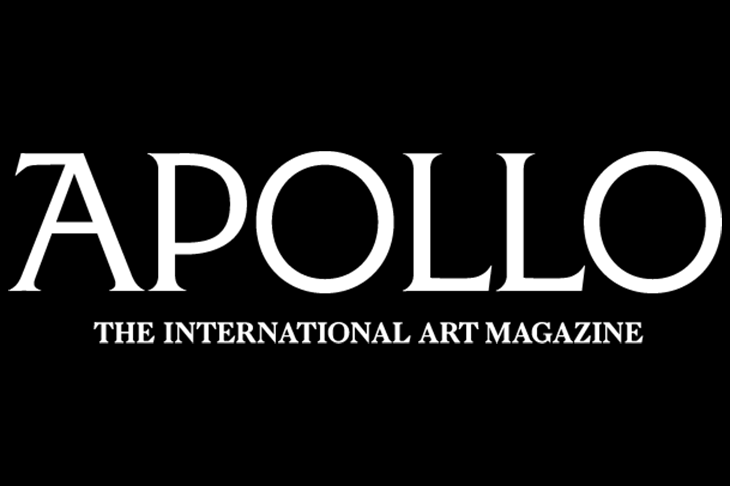

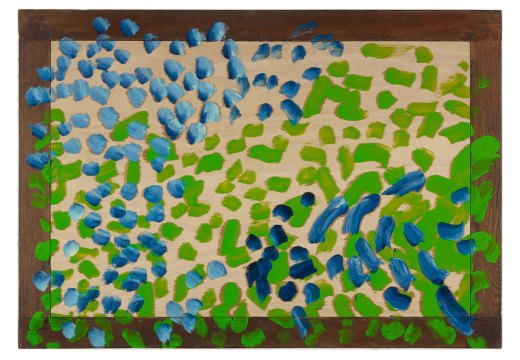









![Masterpiece [Re]discovery 2022. Photo: Ben Fisher Photography, courtesy of Masterpiece London](http://www.apollo-magazine.com/wp-content/uploads/2022/07/MPL2022_4263.jpg)
